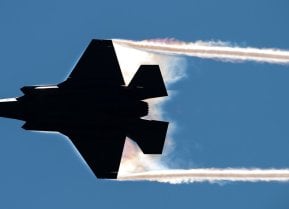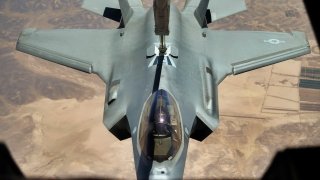The F-35 Fighter Problem Is Very Real (Or Not?)
The F-35 Lightning II, the most advanced stealth fighter jet, faces ongoing technical and delivery delays due to a crucial software update (TR-3). Lockheed Martin has been producing around 150 units annually, but deliveries have stalled at around 990 due to these issues.
Summary: The F-35 Lightning II, the most advanced stealth fighter jet, faces ongoing technical and delivery delays due to a crucial software update (TR-3). Lockheed Martin has been producing around 150 units annually, but deliveries have stalled at around 990 due to these issues.
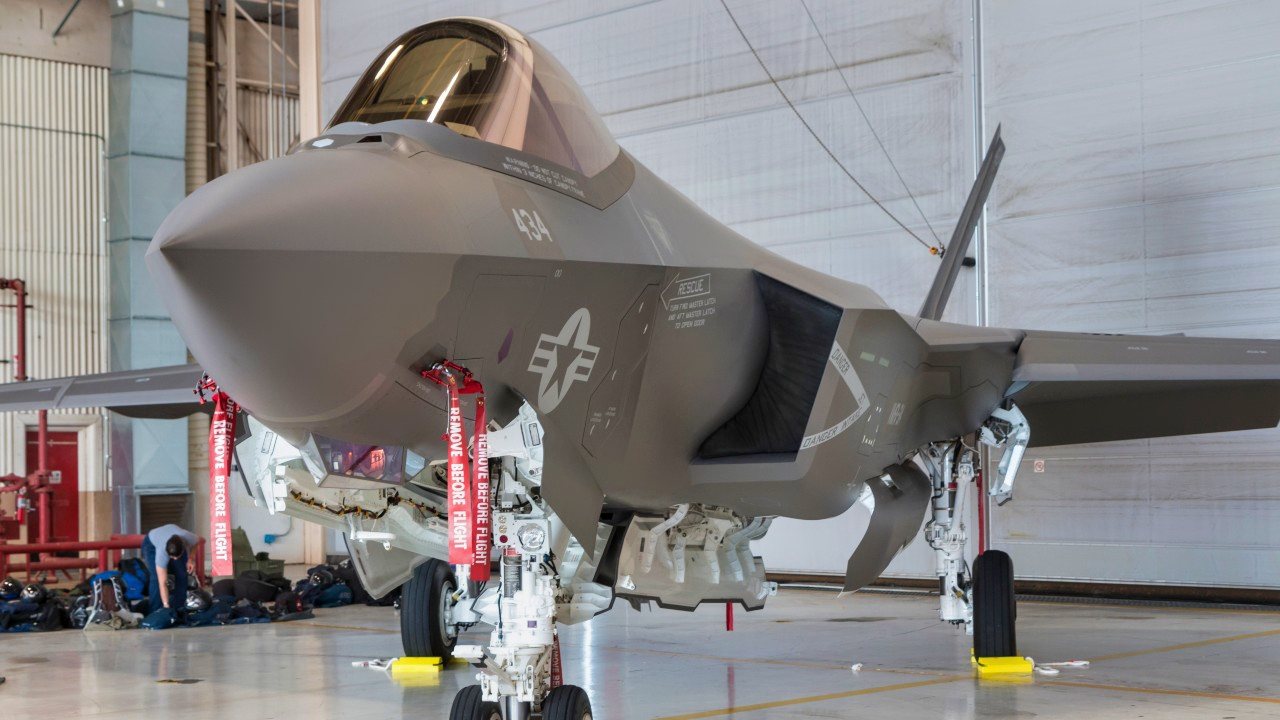
Key Points:
Despite setbacks, the F-35 program is progressing well, with over 2,430 pilots trained and close to 16,100 maintainers qualified.
The F-35, known for its stealth and advanced sensor capabilities, excels in various mission sets and is essential in potential conflicts with China or Russia. There are three versions: F-35A (conventional), F-35B (STOVL), and F-35C (carrier-based).
The F-35 Lighting II stealth fighter jet is the most advanced aircraft in the skies today. A global project, the fifth-generation aircraft is flying under the colors of several Western and allied air forces. Every month, Lockheed Martin releases information about the progress of the F-35 Lighting II program. The released dis are valuable in determining where the program stands and its operational outlook. After all, in a potential near-peer conflict with China or Russia, the F-35 Lighting II would play a key role in the air war.
The State of the F-35 Lighting II Program
After a quick glimpse at the data, it is clear that ongoing technical and manpower issues continue to plague the F-35 program. For the past several months, deliveries have been stuck to around 990. What does that mean? Lockheed Martin continues to produce aircraft as planned but they are not getting delivered because they lack important software updates.
Specifically, the aerospace giant has been churning out around 150 F-35 Lighting II of all variants every year—though in 2024, Lockheed Martin has stated that it will be producing 110 aircraft despite an ever-increasing demand for the fifth-generation aircraft. However, delays in an important software update, the TR-3, means that the aircraft produced can’t be delivered to the U.S. military and allied customers around the world because they aren’t completely ready.
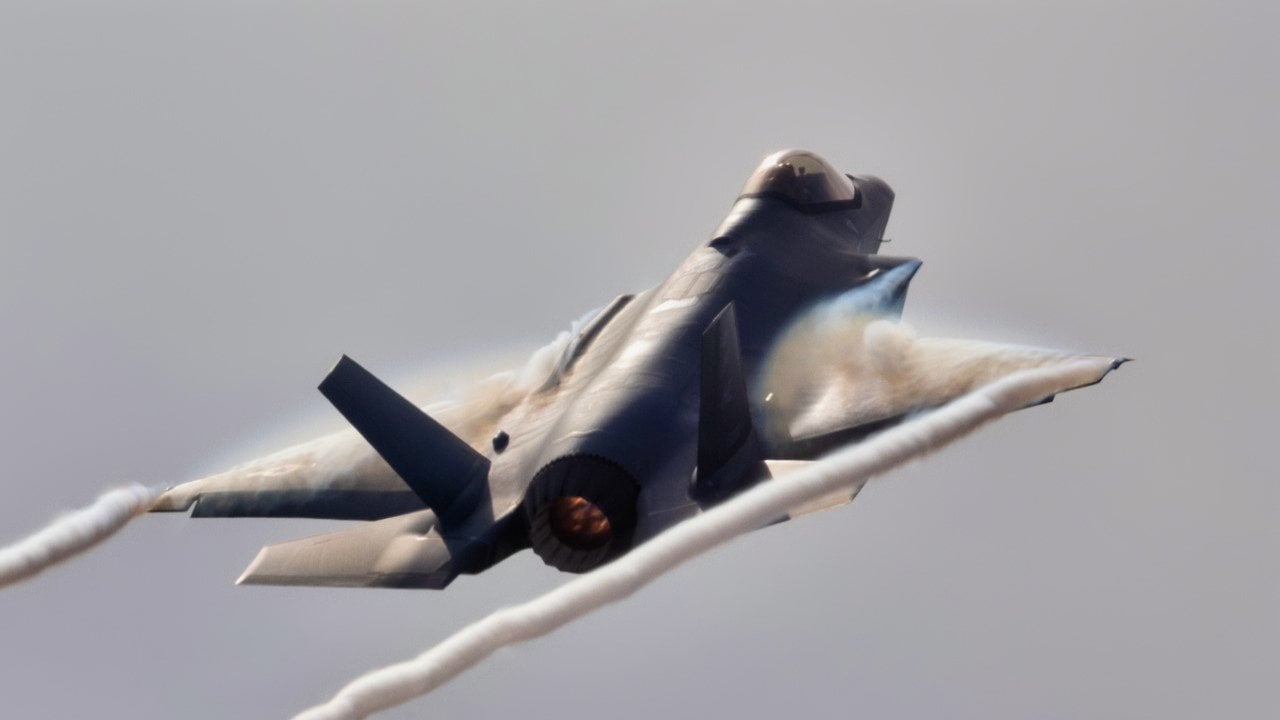
To complicate matters even more, the long-anticipated Block 4 update that will enable the F-35 Lighting II to carry additional munitions and also improve its performance needs the TR-3 software as a basis. As such, the ongoing delays with the TR-3 software are holding back the whole program. Lockheed Martin has expressed confidence that the issue will be resolved within the next few months and that deliveries will resume.
Beyond the delays in deliveries, the F-35 program is advancing well.
As of May, more than 2,430 pilots have been trained on the aircraft, and close to 16,100 maintainers have qualified to service it. Currently, fourteen services around the world are flying the aircraft and several more are waiting to activate it. To date, the global F-35 fleet has racked up close to 850,000 flight hours in more than 500,000 training and operational sorties.
The F-35 Lighting II
What makes the F-35 Lighting II special is its ability to connect forces around the battlefield much like a quarterback would in a football game. Using a combination of stealth and advanced interlinked sensor capabilities, the F-35 Lighting II can spot, track, and engage enemy systems at great distances while at the same time directing friendly assets to the same and other targets.
In addition, the F-35 Lighting II can perform well in a wide range of mission sets, including Strategic Attack, Air Superiority, Close Air Support, Electronic Warfare, Intelligence, Surveillance, and Reconnaissance (ISR), Suppression of Enemy Air Defenses (SEAD), and Destruction Enemy Air Defense (DEAD).
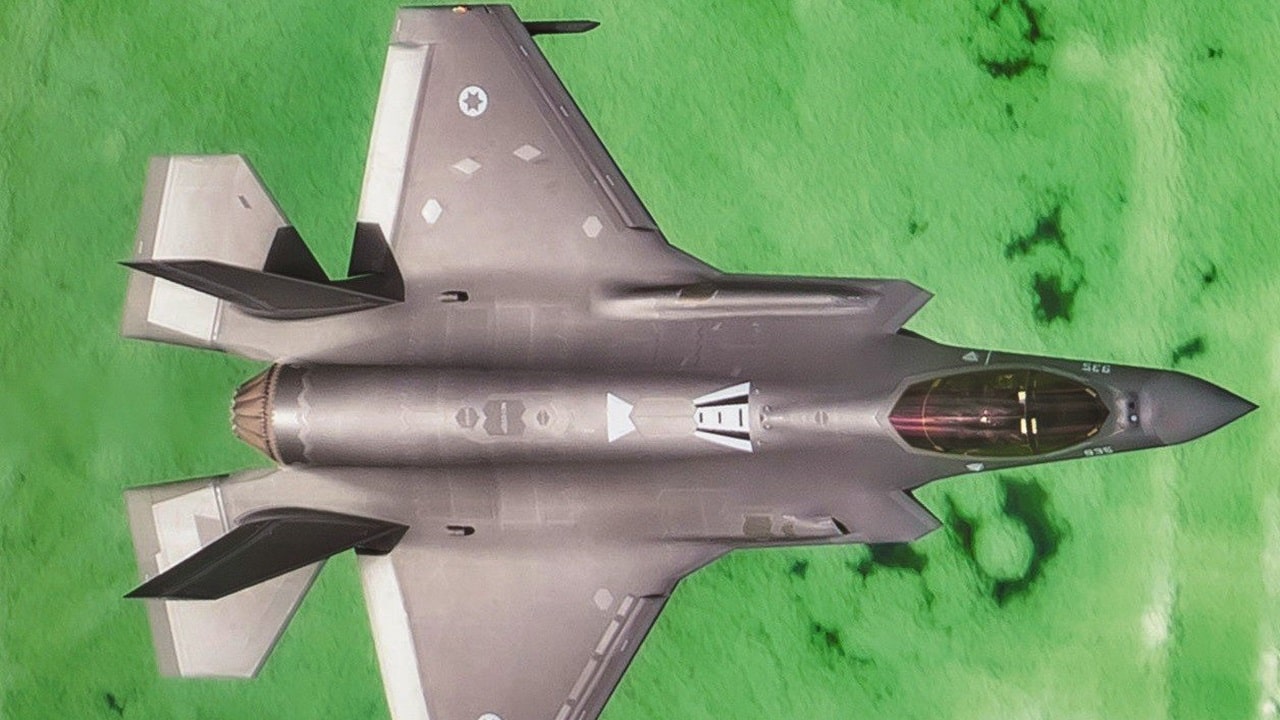
There are three versions of the aircraft: F-35A, F-35B, and F-35C.
The F-35A is the conventional take-off iteration. The F-35B is the Short Take-off, Vertical Landing (STOVL) version that can land and take off like a helicopter. Finally, the F-35C is the carrier-based iteration.

About the Author
Stavros Atlamazoglou is a seasoned defense journalist specializing in special operations and a Hellenic Army veteran (national service with the 575th Marine Battalion and Army HQ). He holds a BA from Johns Hopkins University and an MA from the Johns Hopkins School of Advanced International Studies (SAIS). His work has been featured in Business Insider, Sandboxx, and SOFREP.
Image Credit: Creative Commons.
